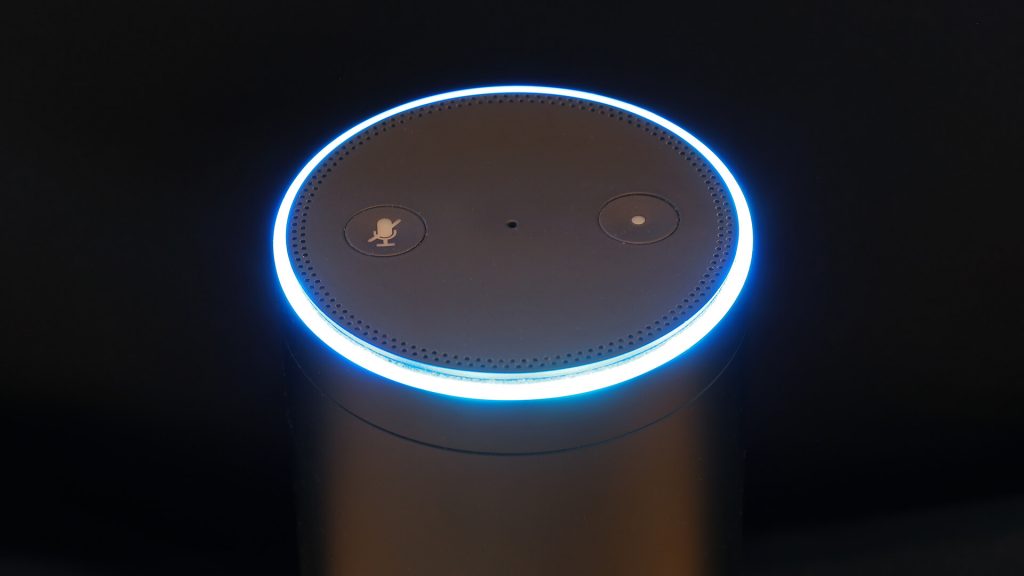
Earlier this morning Amazon and Microsoft announced that their virtual assistants will soon work together. Alexa devices will be able to access Cortana, and Cortana will be able to open Alexa:
Alexa customers will be able to access Cortana’s unique features like booking a meeting or accessing work calendars, reminding you to pick up flowers on your way home, or reading your work email – all using just your voice. Similarly, Cortana customers can ask Alexa to control their smart home devices, shop on Amazon.com, interact with many of the more than 20,000 skills built by third-party developers, and much more.
It’s an enlightened approach on the part of both companies. Alexa will benefit from Cortana’s general knowledge and web-search capabilities, as well as Office integration. Cortana gains distribution via Amazon hardware devices.
It’s also consistent with Microsoft CEO Satya Nadella’s vision to make Microsoft software tools available on rival platforms, such as iOS and Android. “Later this year” is the stated time frame for the availability of the integration.
At least on the Amazon side, you’ll have to use the awkward multistep language now familiar to Alexa users (“Alexa ask . . . “). Third-party content integrations — let’s call them “voice apps” and not “skills” — are keys to the long-term success of these assistant platforms. The more difficult it is to access that third-party content, the less likely it will be used.
The New York Times has an interesting story on the genesis of the Microsoft-Amazon partnership and the thinking behind it. The article quotes Amazon CEO Jeff Bezos extensively. He says he has not reached out to Google or Apple but would welcome similar arrangements with those companies.
Both are unlikely to make their assistants available through Alexa devices. However, it’s not entirely out of the question. Apple made a version of Safari and iTunes for Windows, and Google apps are obviously available on iOS.
Some analysts have predicted as many as 30 million virtual assistant devices in US homes by the end of the year. Given how rapidly the market is developing, that number may turn out to be conservative.

